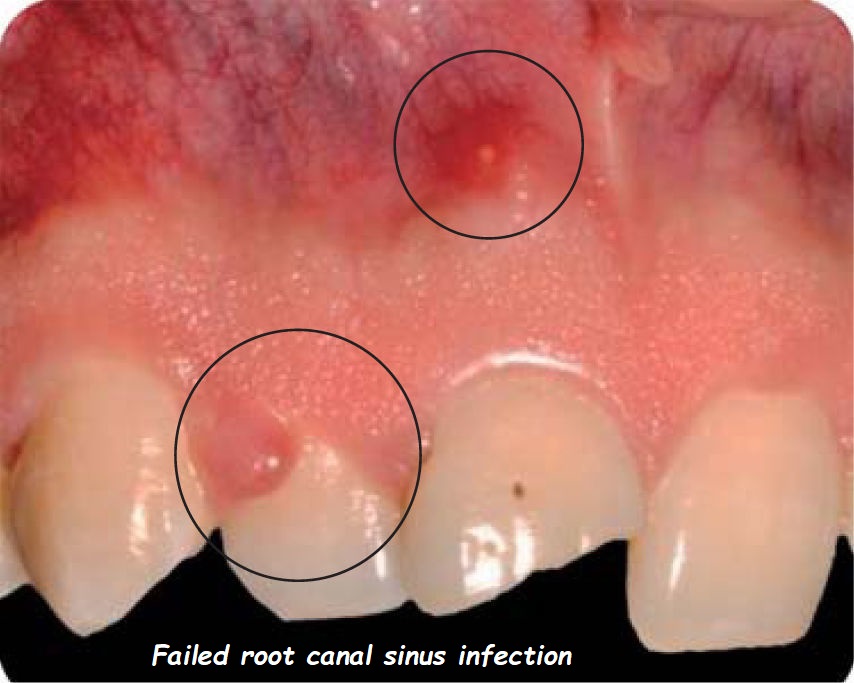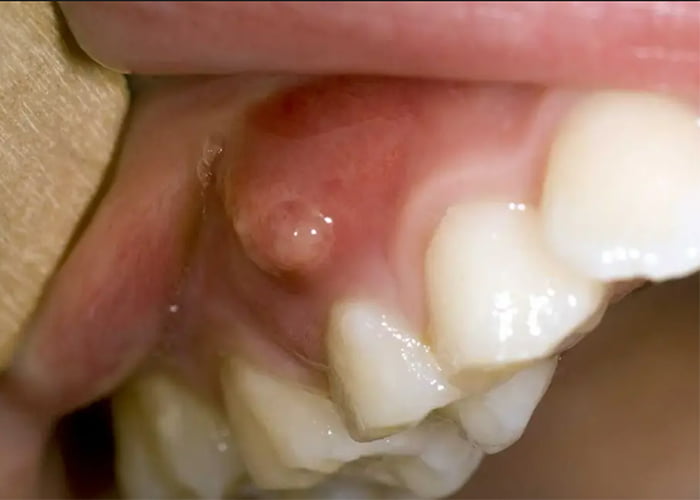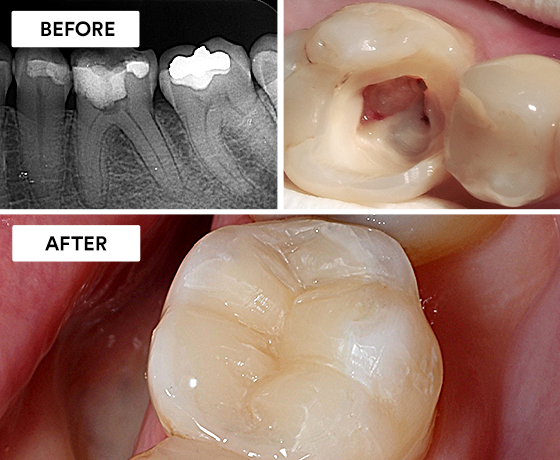failed root canal sinus infection

Root canals are a standard dental procedure designed to save a tooth that is infected or severely decayed. While root canals are generally successful, there are instances where they may fail, leading to various complications. One such complication is a sinus infection. This guide will explore the connection between a failed root canal and sinus infection, the symptoms, causes, treatment options, and preventive measures to ensure optimal dental health.
Understanding Root Canals
What is a Root Canal?
A root canal is a dental procedure that involves removing the infected or damaged pulp from inside a tooth. The process includes:
- Diagnosis: Determining the need for a root canal through symptoms and diagnostic tests.
- Removal of Pulp: Cleaning the infected pulp from the tooth’s root canals.
- Disinfection: Disinfecting the canals to remove bacteria and prevent further infection.
- Filling and Sealing: Fill the cleaned canals with a biocompatible material and seal the tooth to prevent reinfection.
- Crowning: Placing a crown on the tooth to restore its function and appearance.

Why Do Root Canals Fail?
Despite their high success rate, root canals can fail for several reasons:
- Incomplete Removal of Pulp: If all the infected pulp is not removed, bacteria can remain and cause reinfection.
- Missed Canals: Teeth can have complex root structures, and missed canals can harbor bacteria.
- Improper Sealing: If the tooth is not correctly sealed, bacteria can re-enter and cause infection.
- Fractured Tooth: A cracked or fractured tooth can allow bacteria to penetrate and cause infection.
- Delay in Restoration: Delaying the placement of a crown can lead to contamination and failure of the root canal.
Connection Between Failed Root Canals and Sinus Infections
The roots of the upper teeth are located close to the sinus cavities. A failed root canal in the upper teeth can lead to a sinus infection or sinusitis of dental origin. Here’s how this connection occurs:
- Proximity: The upper molars and premolars are near the maxillary sinuses.
- Bacterial Spread: An infection in the tooth can spread to the sinus cavities through the thin bone separating them.
- Sinusitis: The spread of bacteria can cause inflammation and infection of the sinus lining, leading to sinusitis.

Symptoms of Failed Root Canal and Sinus Infection
Identifying the symptoms of a failed root canal and sinus infection is crucial for timely treatment. Here are the common symptoms:
Symptoms of a Failed Root Canal
- Persistent Pain: Continuous or throbbing pain in the treated tooth.
- Swelling: Swelling around the tooth or gums.
- Discharge: Pus or discharge from the treated tooth.
- Sensitivity: Increased sensitivity to hot or cold.
- Discoloration: Darkening of the treated tooth.
Symptoms of Sinus Infection
- Facial Pain: Pain or pressure around the cheeks, eyes, or forehead.
- Congestion: Nasal congestion or blockage.
- Discharge: Thick, yellow, or green nasal discharge.
- Headache: Sinus headaches that worsen when bending over.
- Lousy Breath: Foul-smelling breath due to the infection.
- Fever: Low-grade fever indicating an infection.
Diagnosing a Failed Root Canal and Sinus Infection
Accurate diagnosis is essential for effective treatment. Here’s how dentists and doctors diagnose these conditions:
Dental Examination
- Clinical Examination: Visual and tactile examination of the treated tooth.
- X-Rays: Dental X-rays to identify any abnormalities, such as missed canals or infection.
- Cone Beam CT Scan: A 3D imaging technique to get a detailed view of the tooth and surrounding structures.
Medical Examination
- Sinus Examination: Evaluation of sinus symptoms by an ENT specialist.
- Nasal Endoscopy: A tiny camera is inserted into the nose to examine the sinuses.
- CT Scan: A detailed imaging scan of the sinuses to identify infection and its extent.
Treatment Options for Failed Root Canal and Sinus Infection
Treating a failed root canal and sinus infection involves addressing dental and sinus issues. Here are the standard treatment options:
Retreatment of the Root Canal
- Removal of Previous Filling: The dentist removes the previous root canal filling material.
- Cleaning and Disinfection: The canals are thoroughly cleaned and disinfected to remove bacteria.
- Refilling and Sealing: The canals are refilled with biocompatible material and sealed correctly.
- Crowning: A new crown may be placed to protect the tooth.
Apicoectomy
- Surgical Procedure: An apicoectomy is a surgical procedure to remove the tip of the tooth root and the surrounding infected tissue.
- Filling the Root Tip: The end of the root is filled to prevent further infection.
- Healing: The surgical site is sutured, and healing is monitored.
Sinus Infection Treatment
- Antibiotics: Prescribed to eliminate bacterial infection in the sinuses.
- Decongestants: Help to relieve nasal congestion and improve sinus drainage.
- Nasal Irrigation: Saline solutions to rinse the nasal passages and clear mucus.
- Surgery: In severe cases, surgery may be required to drain the sinuses and remove infected tissue.
Preventive Measures
Preventing a failed root canal and subsequent sinus infection involves good oral hygiene and timely dental care. Here are some preventive measures:
Oral Hygiene
- Brushing: Brush your teeth twice daily with fluoride toothpaste.
- Flossing: Floss daily to remove plaque and food particles between teeth.
- Mouthwash: Use an antimicrobial mouthwash to reduce bacteria.
Regular Dental Checkups
- Routine Examinations: Regular dental checkups to monitor the health of your teeth and gums.
- Professional Cleanings: Professional cleanings to remove plaque and tartar buildup.
Prompt Treatment
- Address Dental Issues: Promptly address any dental issues, such as cavities or tooth damage, to prevent the need for a root canal.
- Follow Post-Treatment Care: Follow your dentist’s instructions after a root canal to ensure proper healing and restoration.
Case Studies: Failed Root Canal and Sinus Infection
Case Study 1: Missed Canal Leading to Sinus Infection
Patient: A 45-year-old with persistent sinusitis symptoms despite sinus treatment.
Diagnosis: Dental X-rays revealed a missed canal in a previously treated upper molar, which caused the infection to spread to the sinus.
Treatment: Retreatment of the root canal to clean the missed canal, followed by antibiotic treatment for sinus infections.
Outcome: Successful resolution of both dental and sinus infections, with no recurrence.
Case Study 2: Incomplete Sealing Resulting in Sinusitis
Patient: A 30-year-old experiencing facial pain and nasal congestion.
Diagnosis: Examination and CT scan revealed incomplete root canal sealing, allowing bacteria to infect the sinus.
Treatment: Apicoectomy to remove the infected root tip and tissue, combined with sinus infection treatment.
Outcome: Pain relief and successful elimination of infection, with follow-up care ensuring continued health.
FAQs About Failed Root Canal and Sinus Infection
1. How can I tell if my root canal has failed?
- Symptoms such as persistent pain, swelling, sensitivity, and discoloration of the treated tooth may indicate a failed root canal. Consult your dentist for an evaluation.
2. Can a failed root canal cause a sinus infection?
- Yes, an infection in the upper teeth can spread to the nearby sinus cavities, causing a sinus infection.
3. How is a failed root canal diagnosed?
- Diagnosis involves a dental examination, X-rays, and possibly a CT scan to assess the tooth’s condition and surrounding structures.
4. What is an apicoectomy?
- An apicoectomy is a surgical procedure to remove the tip of a tooth root and the surrounding infected tissue, often used when a root canal retreatment is insufficient.
5. How are sinus infections related to dental issues treated?
- Treatment involves addressing the dental infection through root canal retreatment or apicoectomy and treating the sinus infection with antibiotics, decongestants, and nasal irrigation.
6. Can a root canal fail years after the procedure?
- Yes, a root canal can fail years later due to new decay, trauma, or a missed canal. Regular dental checkups can help detect and address issues early.
7. What can I do to prevent a failed root canal?
- To prevent complications, maintain good oral hygiene, attend regular dental checkups, and follow your dentist’s post-treatment care instructions.
8. Is it safe to undergo a root canal retreatment?
- Yes, root canal retreatment is a common and safe procedure that can effectively address failed root canals and prevent further complications.
9. How long does it take to recover from an apicoectomy?
- Recovery from an apicoectomy typically takes a few days to a week, with most patients experiencing relief from symptoms shortly after the procedure.
10. What should I do if I suspect my root canal has failed?
- Contact your dentist immediately for an evaluation and appropriate treatment to address any potential issues and prevent further complications.
Conclusion
A failed root canal can lead to significant complications, including sinus infections. Understanding the connection between these conditions, recognizing the symptoms, and seeking prompt treatment is crucial for maintaining dental and overall health. Regular dental checkups, good oral hygiene, and timely intervention can prevent and address issues related to failed root canals and sinus infections.
By following the guidance provided in this comprehensive guide, you can ensure that you are well informed about the potential risks and treatments associated with failed root canals and sinus infections. Whether you are dealing with a current issue or seeking to prevent future problems, the information here will help you make informed decisions and maintain optimal dental health.









